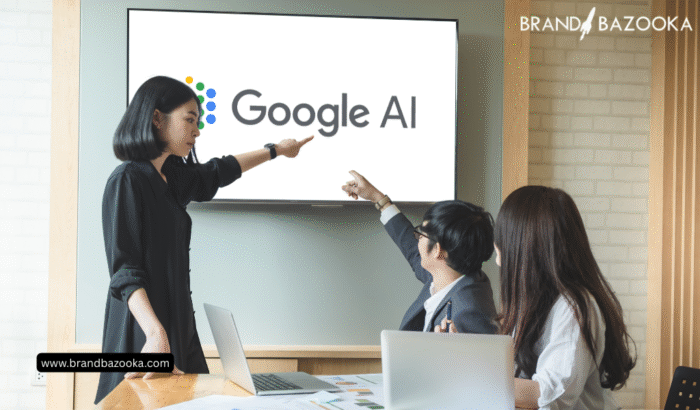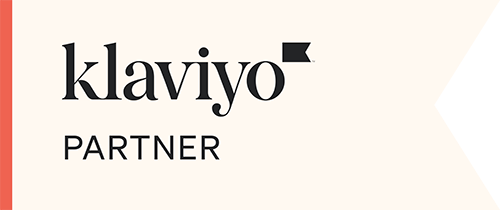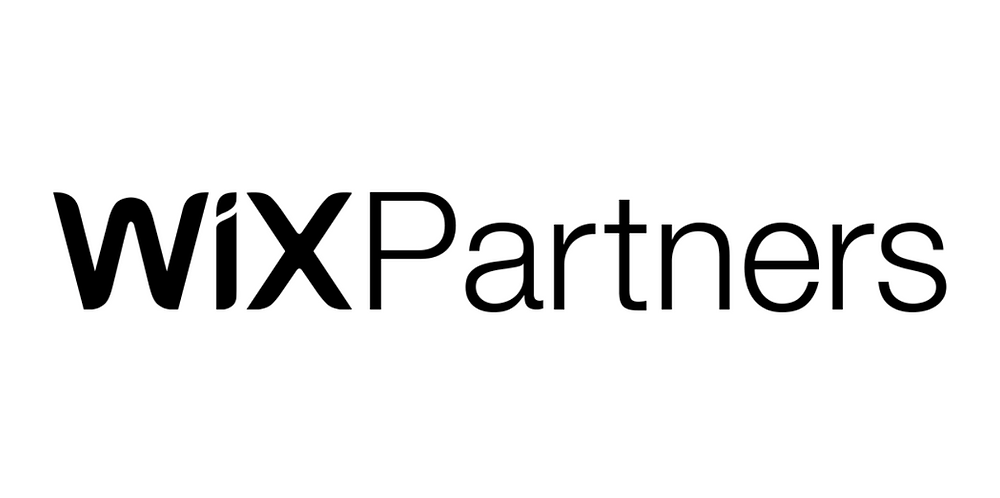Do you ever feel like digital advertising is one of those things everyone talks about but no one really explains clearly? Like, you know it’s important — brands grow on it, small businesses rely on it, and your competitors are already running ads — but the “how” part still feels a bit murky.
Let’s fix that.
How to Set Up Digital Ads That Actually Work?
This is a practical, no-fluff breakdown of how to actually set up digital ad campaigns that work — even if you’re not a marketing pro (yet).
Step 1: Get Clear on What You Want
Before you even touch an ad platform, ask yourself this: What do I want this ad to do?
Not in a vague way. Get specific.
Do you want more people on your site? More product sales? Leads for your service business? App downloads?
This matters because the ad platforms — whether it’s Google, or Facebook, need to know your end goal to optimize correctly.
If you’re selling something, choose a “conversion” objective. If you just want traffic, go with “website visits.” Keep it clean and simple.
Step 2: Know Who You’re Talking To
This part is gold. Seriously. Ads that speak to everyone, speak to no one.
Picture your ideal customer. What do they care about? What keeps them up at night? Where do they spend time online? You can start with basics like age, gender, and location — but don’t stop there.
If you run a small online bakery, are you targeting busy moms who order cakes last-minute? or newly engaged couples looking for a wedding cake? Your message (and ad creative) would be totally different for each.
The more real this person feels in your head, the better your ad will land.
Step 3: Pick Your Platform (Don’t Overthink It)
You don’t need to be on every platform. Pick one or two that fit your audience.
- Google Ads: Great if people are already searching for what you offer (think: “best dog trainer near me”).
- Facebook/Instagram: Ideal for visual stuff, events, or anything lifestyle-related.
- LinkedIn: Works well for B2B or professional services.
- TikTok: If your audience skews younger and you’re okay showing up on camera.
Choose the one that makes the most sense and focus your energy there, at least for now. And if you feel stuck choosing or setting things up, working with a professional advertising company in Gurgaon can make the process smoother and more strategic.
Step 4: Set a Budget That Doesn’t Scare You
Here’s the deal: You don’t need a huge budget to start. Even $5 to $20 per day can get you data to work with.
Just decide how much you’re okay spending to learn. You’re not just paying for clicks, you’re buying feedback. That insight will help you make smarter decisions as you go.
Platforms let you choose between daily and lifetime budgets. Daily is usually safer when you’re just starting out.
Step 5: Create an Ad That Feels Human
People don’t stop scrolling because of perfect branding. They stop because something catches their eye, makes them laugh, solves a problem, or just feels honest.
Think of your ad like a mini story:
- Start with a hook (a question, bold claim, or pain point).
- Share something helpful or interesting.
- End with a clear next step (aka your CTA).
Oh, and please don’t be afraid to show personality. You’re not writing a legal contract. You’re talking to real people.
Step 6: Set Up the Tech Stuff (It’s Not That Bad)
If you want to track how your ads perform (and you definitely do), you’ll need to set up conversion tracking.
That might mean:
- Installing a Facebook Pixel or Google Tag on your site
- Using Google Tag Manager, if you want more flexibility
- Setting up UTM parameters so you know where your traffic is coming from
Most platforms guide you through this part. If you’re on Shopify, Squarespace, or WordPress, it’s usually just a copy-paste job.
Step 7: Launch It, But Don’t Set It and Forget It
Hit publish and then don’t panic.
You’re probably not going to strike gold on day one. That’s normal. Let the campaign run for a few days to gather data.
Then check in. Look at:
- Click-through rate (are people even interested?)
- Cost per click or cost per lead (are you overpaying?)
- Conversion rate (are people taking action once they land?)
Start turning off what’s not working and lean into what is. Tweak your audience.Try a new headline. Change your image. Small changes can make a big difference.
Also Read: How Service-Based Businesses Can Win with Digital Advertising?
Step 8: Review, Learn, Repeat
Even when the campaign ends, the work isn’t done.
Pull up the numbers. Compare them to your original goal. What worked? What flopped? What surprised you?
This is how great advertisers get better by reviewing, testing, and trying again with a little more wisdom.
No campaign is perfect. And that’s kind of the point. You’re learning, improving, and adapting every time you hit “go.”
A Few Quick Tips to Keep in Your Pocket
- Video ads almost always get better engagement, even simple ones shot on your phone.
- Don’t obsess over likes or shares. Focus on what actually moves the needle.
- Be patient. Ads need time to optimize, especially when budgets are small.
- Have fun with it. Your audience can feel when you’re enjoying the process and when you’re just going through the motions.
Running digital ads isn’t magic. It’s a mix of clear goals, knowing your people, smart testing, and honest messaging.
And sure, there’s some tech-y stuff. But you don’t need to be a “growth hacker” to make it work. You just need to start and keep learning.







